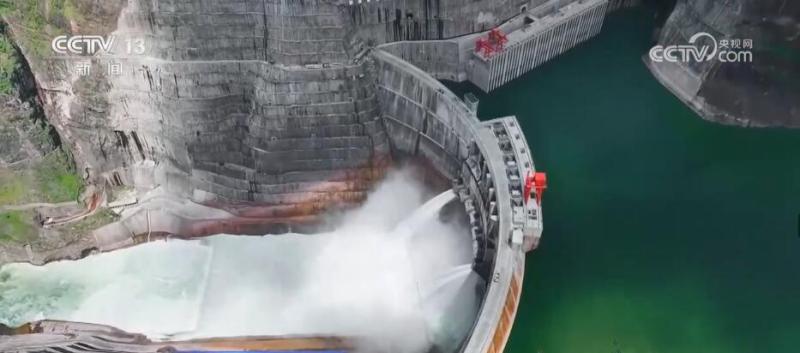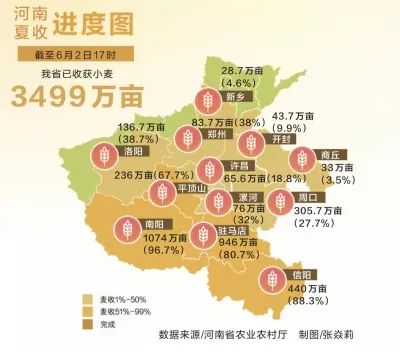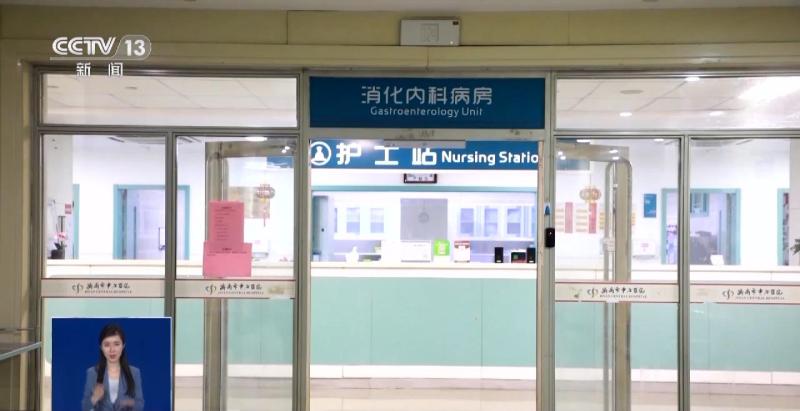Memories never fade →, Report: Repair completed! AI recreates Shanghai 75 years ago: photos will not turn yellow
Not enough videos? There is also a more detailed graphic version. Take a look at the effect after AI repair
The battle to liberate Shanghai begins in Liuhe! After capturing Liuhe, Taicang, Kunshan, and Pinghu, the People's Liberation Army marched day and night on the muddy farm roads toward Shanghai.
The People's Liberation Army launched an attack on Yuepu. During the Battle of Yuepu, the local terrain was easy to defend and difficult to attack. The total number of casualties exceeded 8,000. After two days and nights of fierce fighting, the People's Liberation Army captured the Yuepu neighborhood and held its position for nearly 10 days.
Hu Wenjie, commander of the 259th Regiment of the 29th Army of the People's Liberation Army on May 15
During the Battle of Wolpo, he encountered a crazy enemy counterattack and was shot seven times and died heroically. He was the highest-ranking martyr who died in the Battle of Liberating Shanghai. Before leaving for Shanghai, he took his 2-year-old eldest son to the photo studio to take a group photo. Hu Wenjie will never see this group photo again.
In the Pudong battlefield, the People's Liberation Army and the Kuomintang defenders fought fiercely for 16 days until dawn on May 17. The People's Liberation Army completely annihilated the Kuomintang defenders and captured nearly 8,000 enemies. This was the first major victory in the peripheral operations of Shanghai, especially on the eastern front.
The People's Liberation Army and the Kuomintang defenders fought fiercely for five days and nights at the Liuhang International Radio Station until late at night on May 19, and finally occupied the International Radio Station and the surrounding forts.
The Central Military Commission telegraphed Su Yu, Zhang Zhen and the General Front Committee: Preparations for taking over Shanghai are generally ready, and as long as military conditions permit, a general attack on Shanghai can be carried out on May 24.
The Kuomintang wanted to take action against the Democratic League Chairman Zhang Lan and the Democratic League Vice Chairman Luo Longji. Zhou Enlai ordered the rescue of the two Kuomintang uprising officials Yang Hu and Yan Jinwen cooperated with each other and successfully rescued the two from the Hongqiao Sanatorium.
On the same day, the People's Liberation Army captured Hongqiao Town, Wanguo Cemetery and other places from the southwest of Shanghai. At about 2 p.m., the People's Liberation Army moved directly along the railway line near Xujiahui and occupied Longhua Airport and Longhua Station. On the same day, the People's Liberation Army occupied the urban area of Pudong and assembled in the Gaochang Temple area. They crossed the river and entered the area that night. At night in downtown Shanghai, the People's Liberation Army began to launch a general offensive into the city! May 25
At dawn on May 25, the People's Liberation Army penetrated directly into the center of Shanghai and passed through Nanjing Road.
The Xinxin Company Party branch, composed of several underground members of the Chinese Communist Party, occupied the radio station according to the original plan
Xinxin Company’s Triumph Radio Station issued the first voice of the people
The radio station repeatedly played "Announcement of the Chinese People's Liberation Army" and "Our Troops Are Coming" sung by Xinxin Company employees to persuade the Kuomintang troops in Suzhou and Hebei to surrender.
The Cultural Affairs Committee of the Shanghai Bureau of the Central Committee of the Communist Party of China publishes the "Shanghai People" newspaper number in the "Shenzhen" Pavilion
Published news about the liberation of the urban area south of the Suzhou River and the "Eight Chapters of the Covenant", etc.
After occupying the Kuomintang Air Force Supply Command building at No. 10 Hainan Road, the underground branch of the Communist Party of China hung a large banner "Warmly Welcome the Chinese People's Liberation Army" at the door of the building on May 25.
On the morning of May 25, the PLA troops marched from the open Bund
The charge towards the Waibaidu Bridge was blocked by bunkers, horse-blocking and barbed wire fences set up in the bridge. It also encountered a condescending and fierce fire attack from the Kuomintang defenders in the Broadway Building.
The 14 soldiers in the leading group were all sacrificed before they could reach the center of the bridge. Immediately afterwards, the second squadron rushed up and all were sacrificed. The next squad went up and all were sacrificed...
After a fierce confrontation with the enemy for two hours, the People's Liberation Army received a transfer order and attacked Sichuan Road and Bridge first. The two sides were in a stalemate on Sichuan Road and Bridge. Underground members of the Communist Party of China and the postal escorts in the General Post Office building actively instigated rebellion. The People's Liberation Army's powerful political offensive and heroic tenacity Under the attack of the enemy, the postal building collapsed and was quickly occupied.
On the night of May 25, Chi Haotian, the instructor of the 7th Company of the 3rd Battalion of the 235th Regiment, led the platoon leader Wang Qipeng and the correspondent Zhang Ruilin to perform a good show of "four ounces to move a thousand pounds" at the Sihang Warehouse. They took advantage of the night to crawl through a smelly water in the west of the Tibet Road Bridge. They crossed the Suzhou River and boarded the north bank of the river. They unexpectedly attacked the Kuomintang in the Sihang Warehouse and forced more than 1,000 enemies stationed here to lay down their weapons.
The People's Liberation Army launched an all-out attack on Wusong and Baoshan, chasing and capturing more than 7,000 enemies. At dawn on May 26, Baoshan was liberated!
Captured more than 8,000 enemy troops who were rushing to board the ship and captured the Wusong Fortress. Wusong was liberated! Giant howitzer seized near Wusong
The People's Liberation Army broke through the enemy's barbed wire fence at the Yangxing front line to pursue the stubborn enemy Yangxing and liberated it!
Liu Changyi, deputy commander of the Songhu Garrison Command of the Kuomintang, ordered his troops to gather in the Jiangwan and Dachang areas to surrender to the People's Liberation Army for the liberation of Jiangwan! Liberation!
More than 8,000 members of the Kuomintang Youth Army are still stationed at Yangshupu Power Plant and Waterworks, fighting stubbornly. This is the last remnant of the enemy in Shanghai.
Chen Yi called Jiang Ziying, a professor at the Kuomintang Army University, to ask him to come forward, and finally succeeded in persuading the Kuomintang garrison commander Xu Zhao to surrender. The 27th Army occupied the main telephone office at 3 pm and cleared out the remaining Kuomintang troops in the Yangshupu area. Shanghai was completely liberated!
The People's Liberation Army entering Shanghai strictly abides by the "Code of Entering the City" and does not enter private homes. On May 27, Shanghai citizens opened their doors and found that the damp concrete floors on both sides of Nanjing Road were full of People's Liberation Army soldiers wearing yellow cloth uniforms, at least sleeping in the open. For 30 hours, and sometimes for several days, people nearby brought bread, water, etc., but they all declined politely.
On the evening of May 27, the Shanghai Radio Station located at No. 7 Daxi Road changed its name to Shanghai People’s Broadcasting Station and officially broadcast to the whole city! ocean! untie! put!
On the 27th, students from Hongkou Mailun Middle School carried two giant portraits of Chairman Mao and Commander-in-Chief Zhu, 2 meters high and 1.5 meters wide, to join the parade celebrating the liberation of Shanghai.
The Shanghai Municipal People's Government announced the establishment of Chen Yi as mayor, and Zeng Shan, Wei Cui and Pan Hannian as deputy mayors.
The municipal government's wooden sign is rectangular, with white paint as the background and black paint in the middle. The font is in regular script and was written by Wu Zhongqi, then chief of the Secretariat Section of the Shanghai Municipal People's Government. This sign hangs high at No. 215 Jiangxi Middle Road, Shanghai People's Government. government gate
On that day, the Shanghai "Liberation Daily" was founded as the official newspaper of the East China Bureau of the CPC Central Committee and the Shanghai Municipal Committee of the CPC
The development of the People's Liberation War to the liberation of Greater Shanghai was a great historical event that shook the world and all mankind in the middle of the twentieth century. In the coming centuries, the great Chinese people will use their wisdom and labor to build an independent, A free and prosperous New China will promote the cause of peace and democracy around the world. ——"Celebrating the Liberation of Greater Shanghai" To commemorate the 12th anniversary of the "July 7th Incident" and celebrate the liberation of Shanghai, 1.5 million people from the Shanghai Navy and civilians held a joint parade of one million soldiers and civilians at 16:00 on July 6, 1949.
Crowds of people on the road welcomed the People's Liberation Army and slogans celebrating the liberation of Shanghai were overwhelming. Students participating in the parade played harmonicas and strutted forward, playing "Unity is Strength", "March of the People's Liberation Army", "The Sky in the Liberated Areas is a Bright Sky" and other music
**Old photos are restored by AI algorithm. Affected by photo quality and imaging technology at the time, there may be a certain degree of color cast.
Material support: Shanghai Municipal Archives "Archives Spring and Autumn" WeChat ID, Huangpu District Integrated Media Center, Baoshan District Integrated Media Center, Yangpu District Integrated Media Center, Hongkou District Integrated Media Center, Jing'an District Integrated Media Center, Xuhui District Integrated Media Center historical materials Support: AI restoration of old photos by the Party History Research Office of the Shanghai Municipal Committee of the Communist Party of China Technical support: Tencent Multimedia Laboratory Liberation Daily·Shangguan News Original manuscript, reprinting without permission is strictly prohibited Planning: Zhao Hanlu Editor: Fang Ying Zhu Qianwen Design: Zhu Quan





